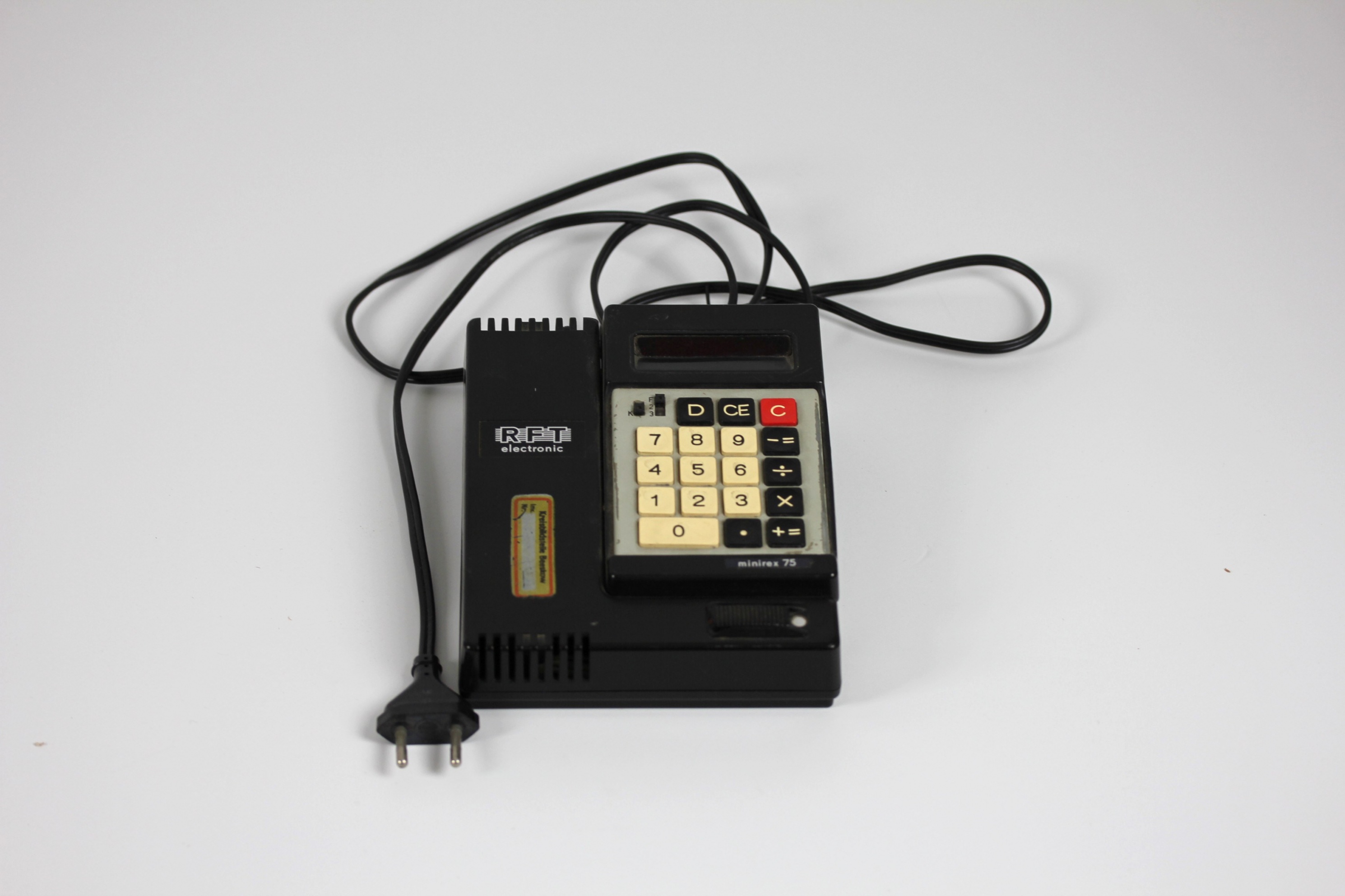Der Taschenrechner „Minirex 75“ wurde seit 1975 vom VEB Röhrenwerk Mühlhausen im Kombinat VEB Funkwerk DDR produziert. Er ist Nachfolgemodell einer Geräteserie, mit deren Produktion 1973 begonnen wurde. Der Minirex besitzt eine 8-stellige rotleuchtende LED-Anzeige. Die vier Grundrechenarten lassen sich anwenden. Die Bedienung erfolgt über eine Tastatur. Das Gerät wird über ein Kabel mit Strom versorgt. Das Gehäuse des Minirex betrug 5,5 cm Dicke. Der "Minirex 75" unterschied sich von seinen Vorgängern durch einen Umschalter für die Rundung der Nachkommastellen. Es gab auch Versionen des "Minirex 75", bei denen die D-Taste nicht vorhanden war.
en

